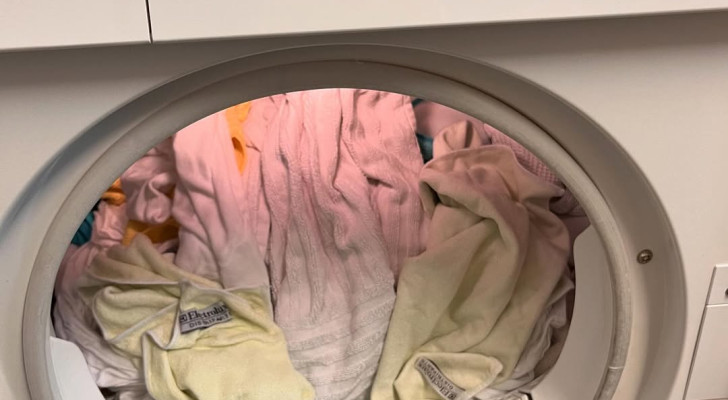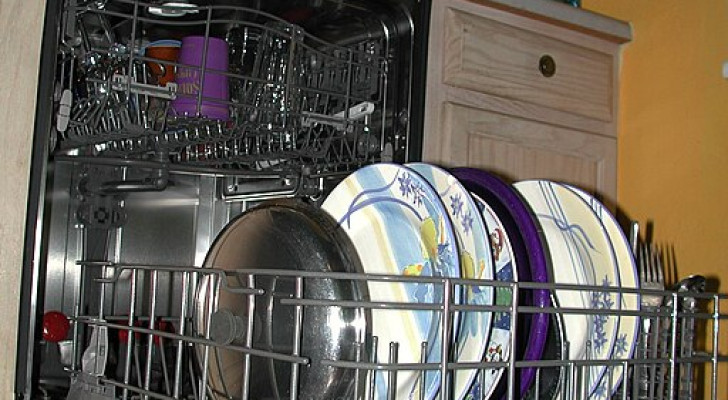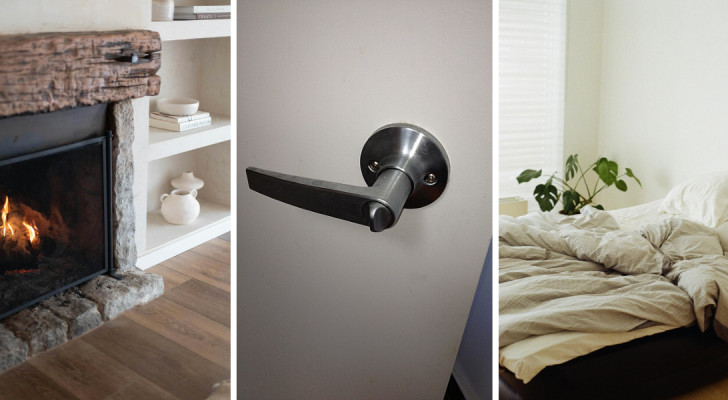Drafts in the home: find out where they are and how to deal with them
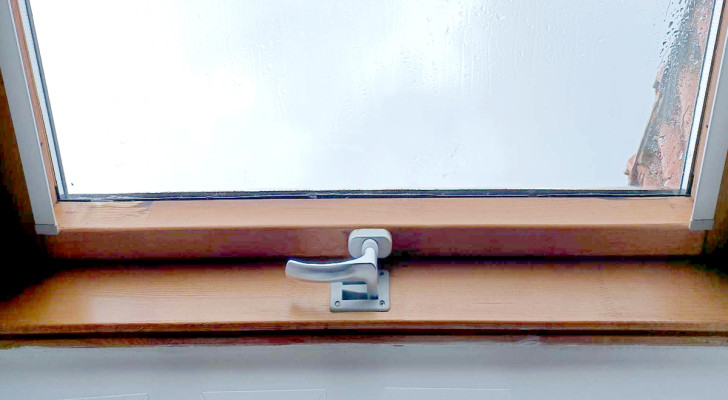
It is not uncommon for us to feel "draughts" in our homes, no matter the season. So, what causes draughts and how can we combat them?
Well, for advice on this issue, keep reading:
Where do drafts come from?
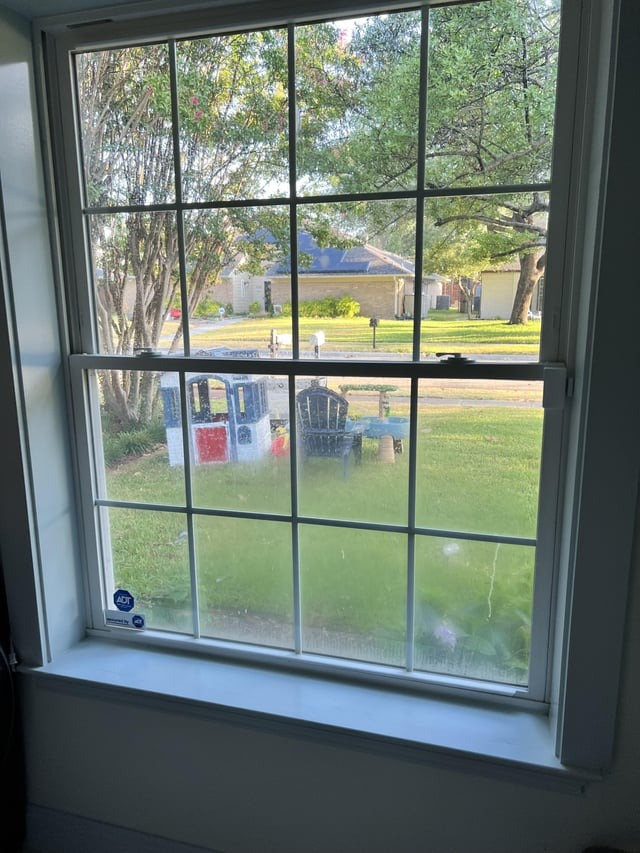
Draughts from windows, doors or other "entrances" is linked to various factors but mainly, to the passage of time. This is because the fixtures, seals and materials deteriorate over time and small gaps and cracks develop which let daughts in. Where are the common problem areas?
- Windows and doors. Check to see gaps have opened up around the doors and windows and that the seals are still sound and secure.
- Chimney. When not in use, the flue can let draughts in. When not in use, ensure the shuttering and/or fireplace doors are closed.
- Power outlets or vents. These are also two "sensitive" areas inside our homes. Again, improper seals here will lead to draughts developing.
- Structure of the house. The walls, the roof, the cellar or the attic can also let in drafts. And again, monitoring these areas is important to reduce drafts
How to identify the source of drafts
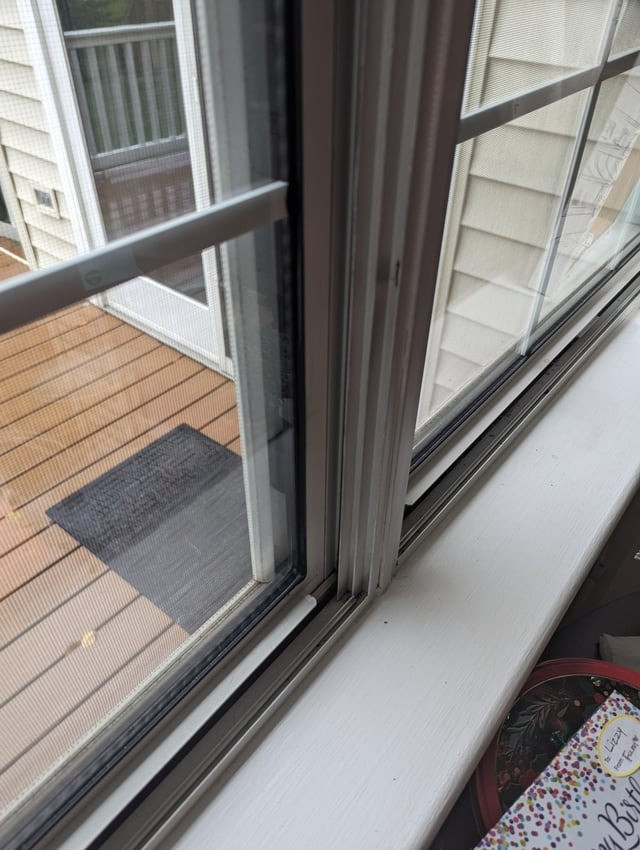
To solve the problem of drafts, it is obviously necessary to know where they come from. So, how do you do this? Well, you can try thes tips:
- Candles. Candles are very useful for easily and inexpensively identifying where draughts are getting in. If you suspect that a window is not properly sealed, for example, all you need to do is bring a lit candle (or a match) to the window and see if the flame flickers. If the flame is stable, then there are no drafts; if it flickers, you need to take action.
- Light. Light sources are also very useful to detect draught sources. Turn on the lights in one room, then, from an adjoining room, check to see if any light "leaks" through. If so, there is a gap which draughts can get through.
- Check. Periodically check all areas of the home - using one of the above methods - to ensure that you quickly detect if any "new" gaps or cracks have opened up or that seals are still sound.
How to proceed...
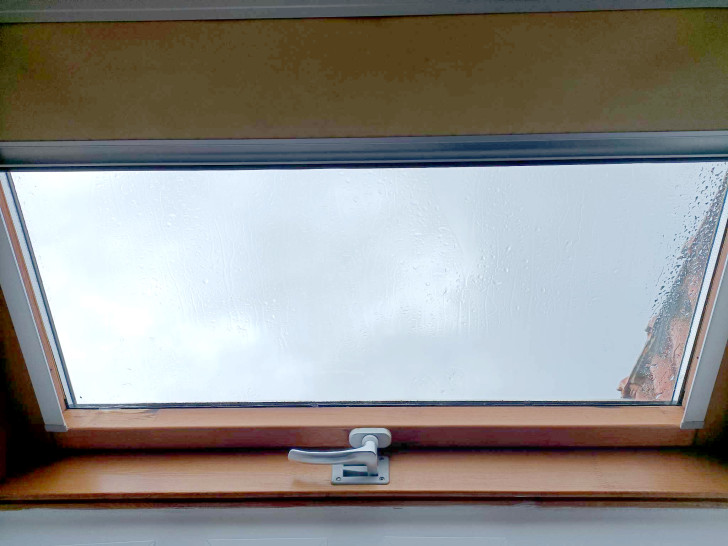
Creativo
Having done your checks you can now take action:
- Repair. Block and seal any gaps and cracks with plaster (or some similar sealant). Replace any seals that have perished and ensure doors/windows are properly hung, fitted and aligned. Repairs of this nature are easy to do and relatively inexpensive.
- Replace. If it is not possible to repair or seal a hole from which a draft comes, then you should replace the relevant door or window. This will certainly be a longer and more demanding job, but it will be worth it. And, if you can afford it, install double-glazing for top draught-protection.
Alternative ways to solve this problem
If you do not have the means to do the above-mentioned repairs/replacements, then you could solve this problem by using some other resources. Insulating curtains for doors and windows are very effective and will provide greater thermal insulation (but be mindful not to keep them closed during the day, especially if it is sunny outside).
Additionally, you can use fabric draft excluders ("sausages") which can be placed along the bottom of doors. Alternatively, gluing rubber pads along these gaps can be effective.
At the end of the day, dealing with draughts will help save us money on our utility bills (ie. a properly insulated home will not need as much heating to come up to temperature). So, get cracking solving this problem now!
